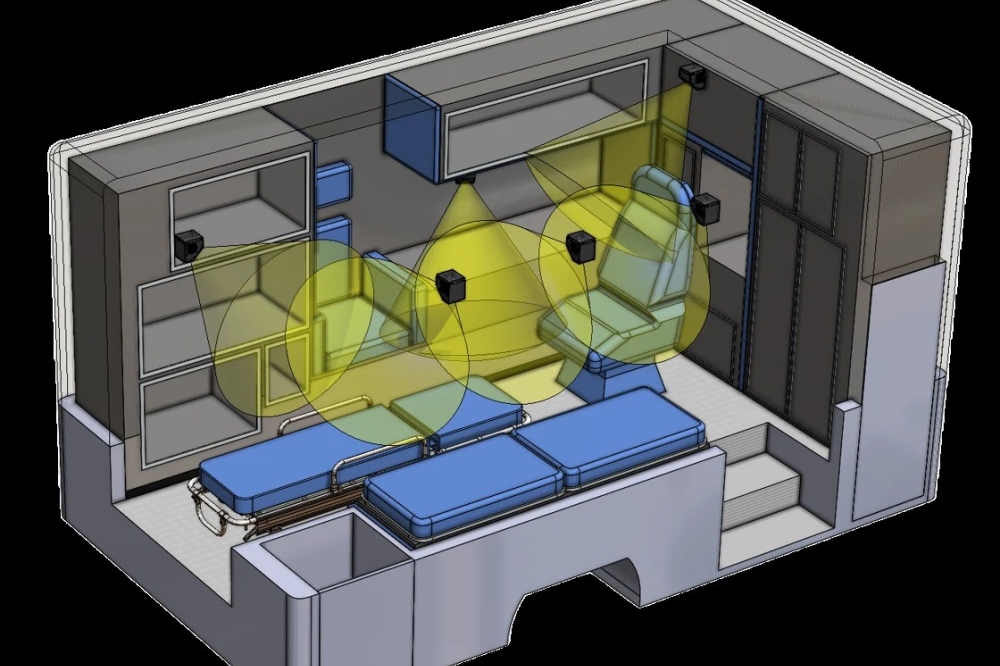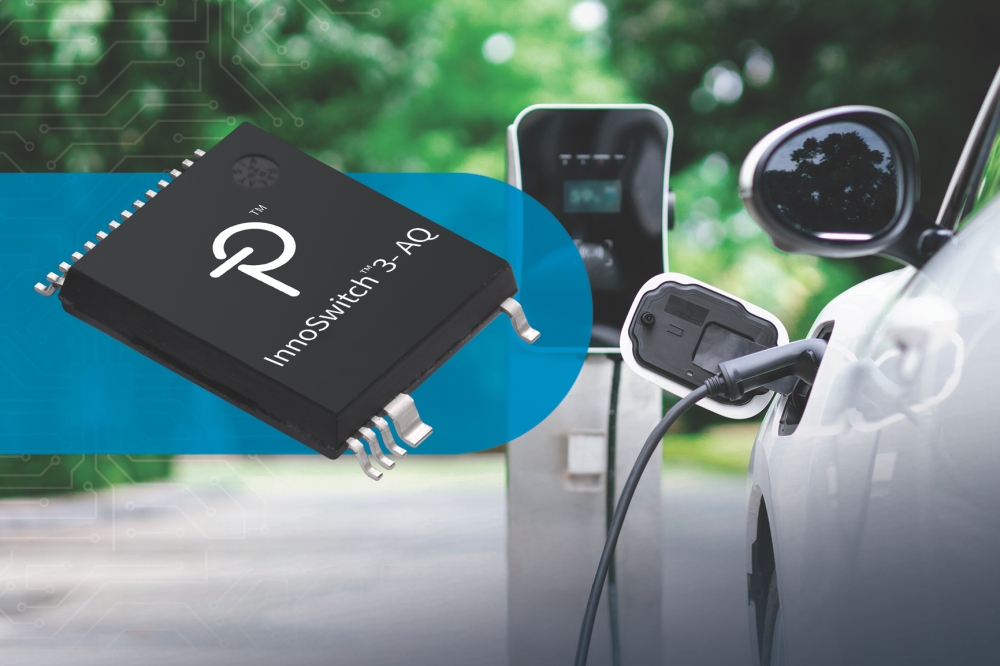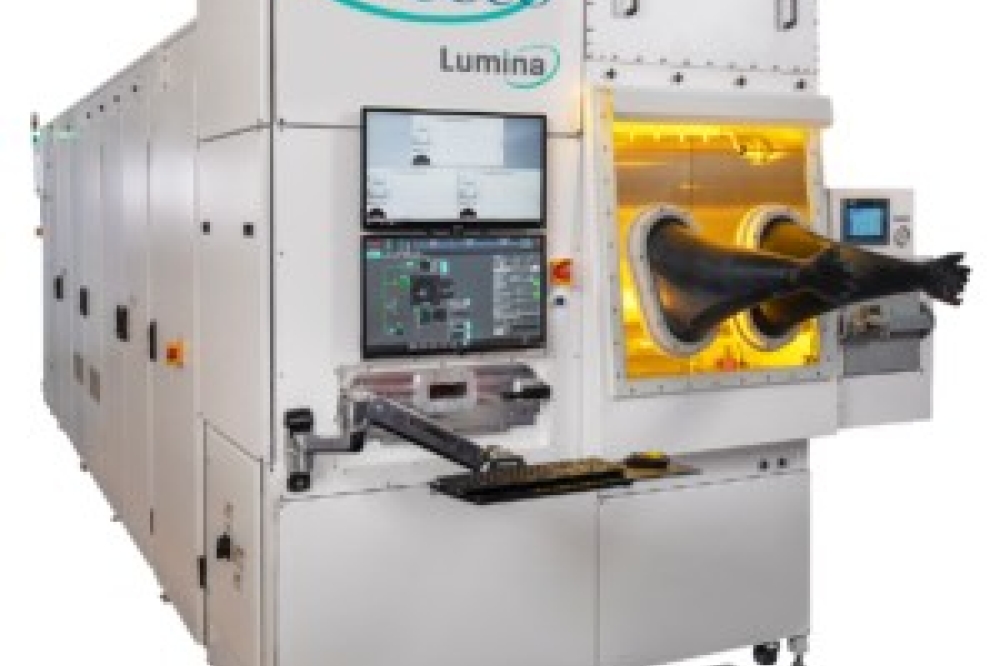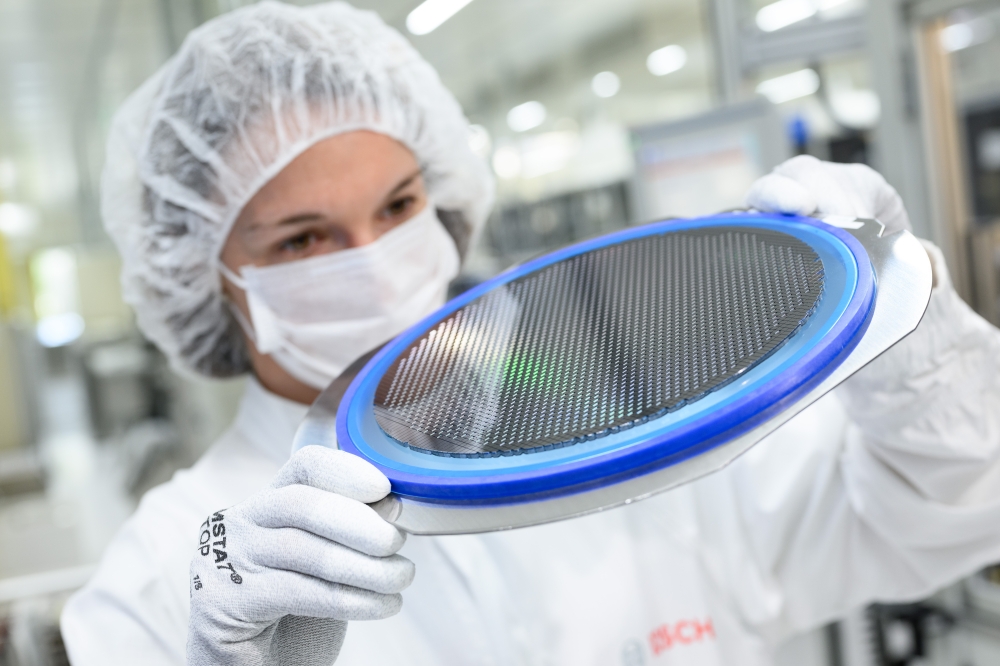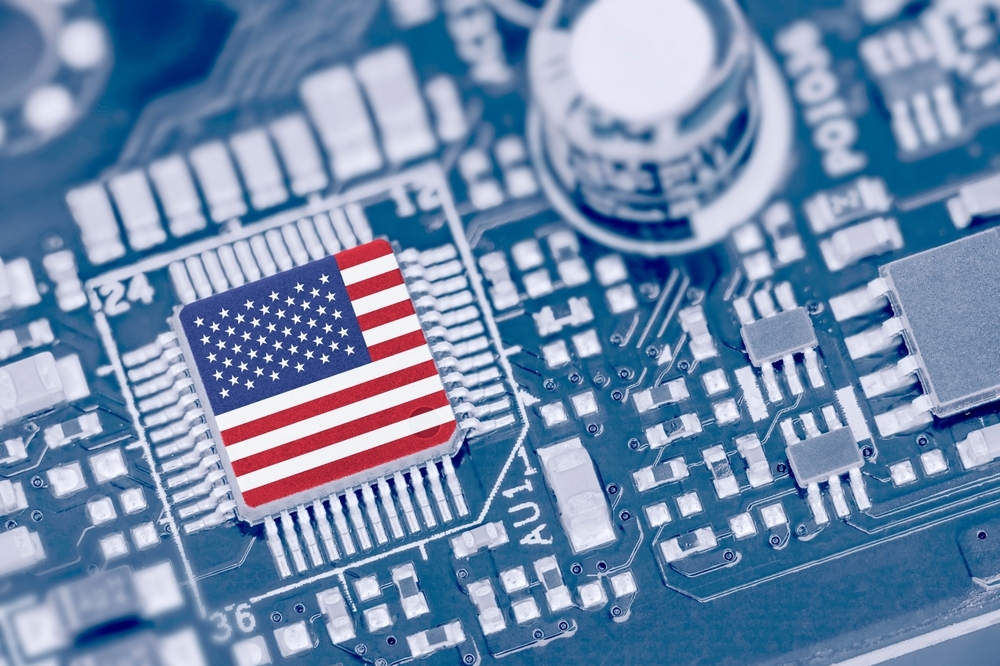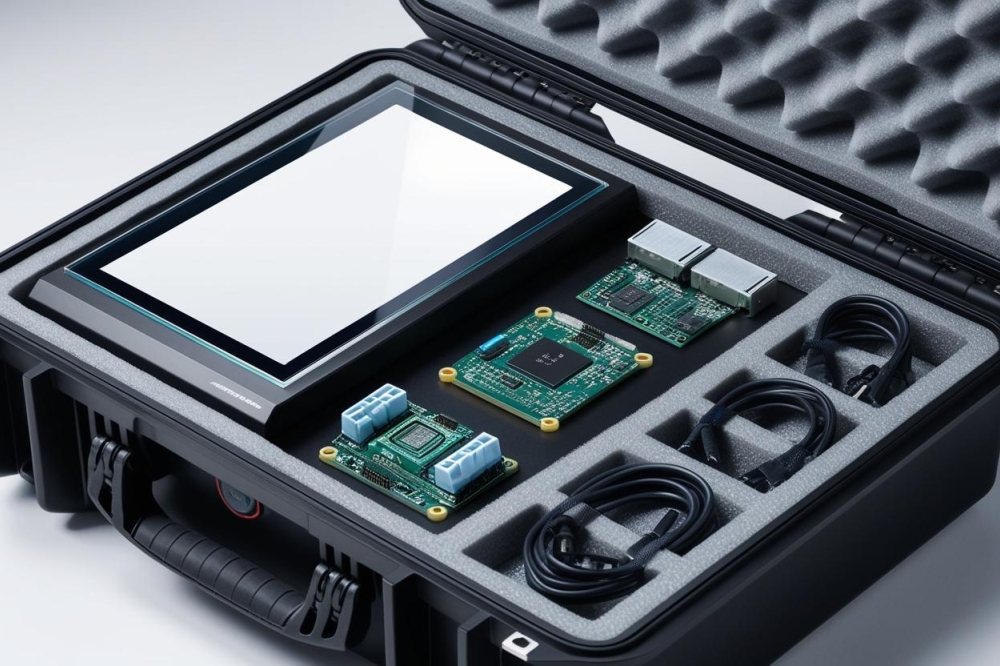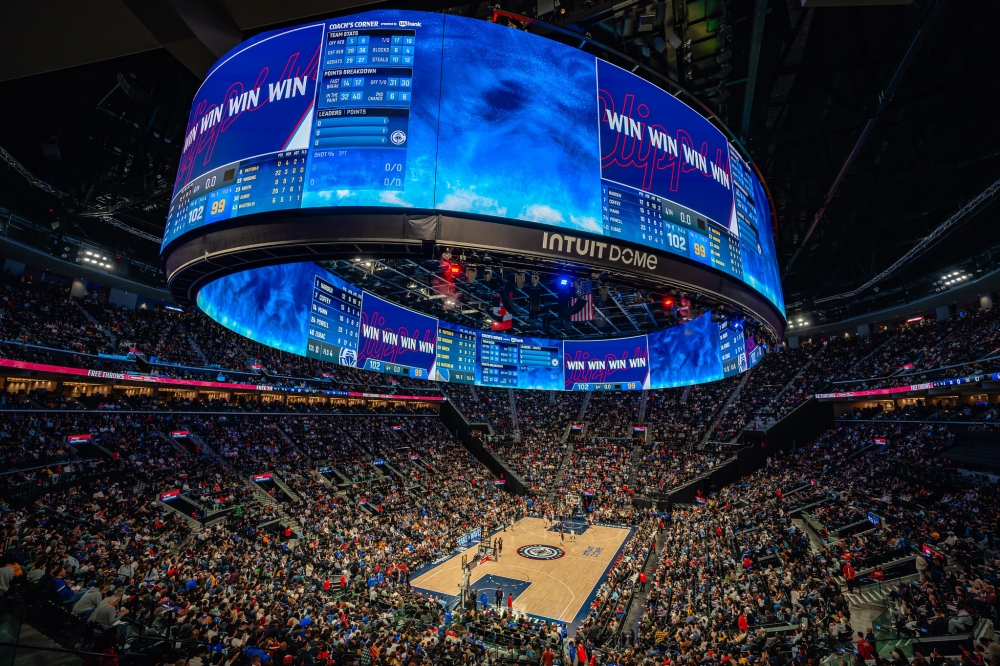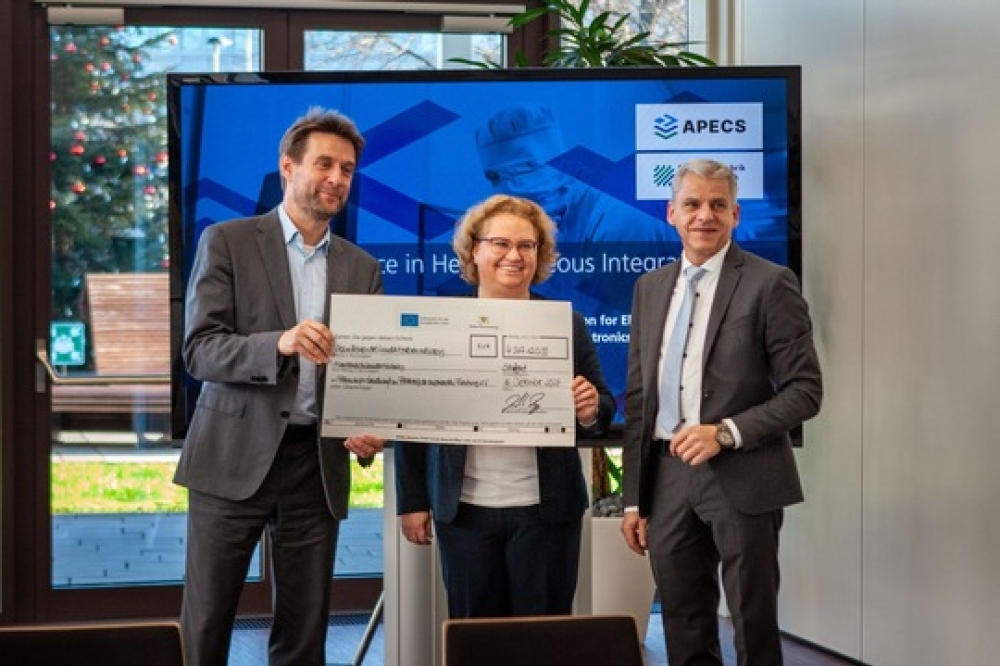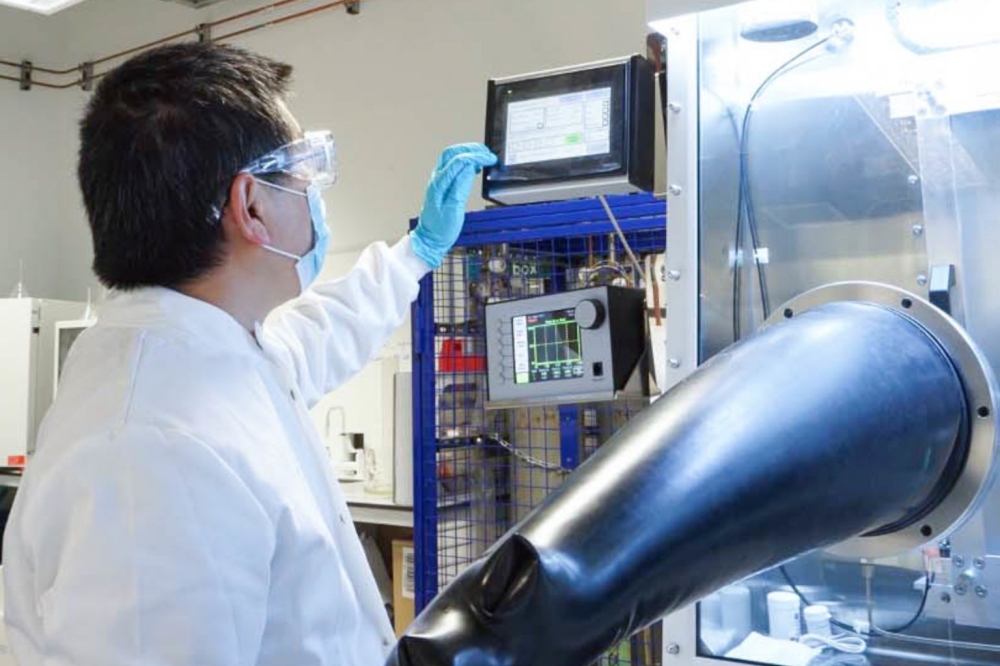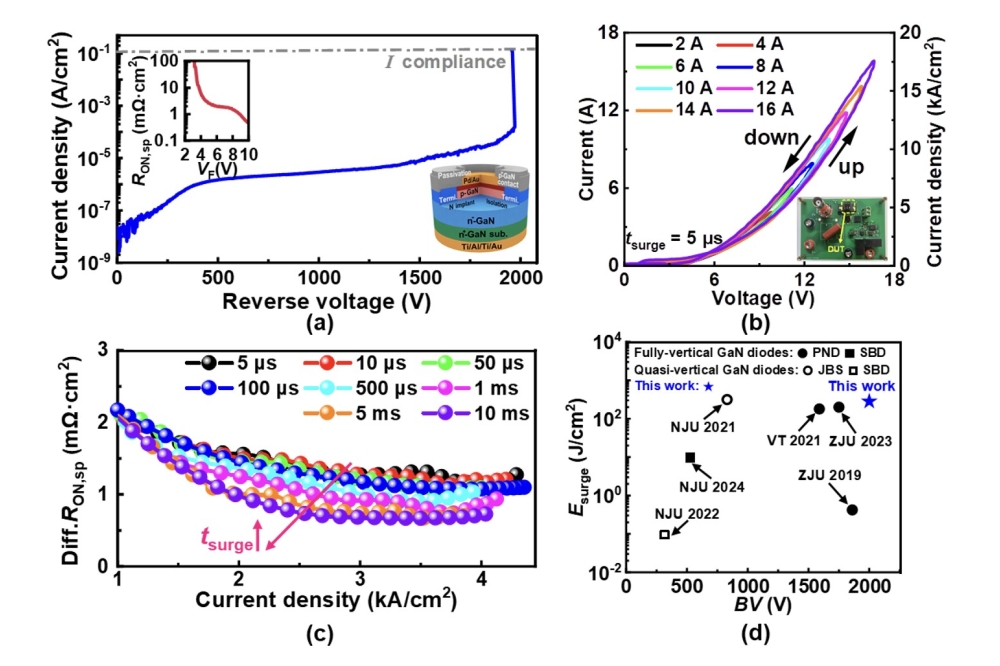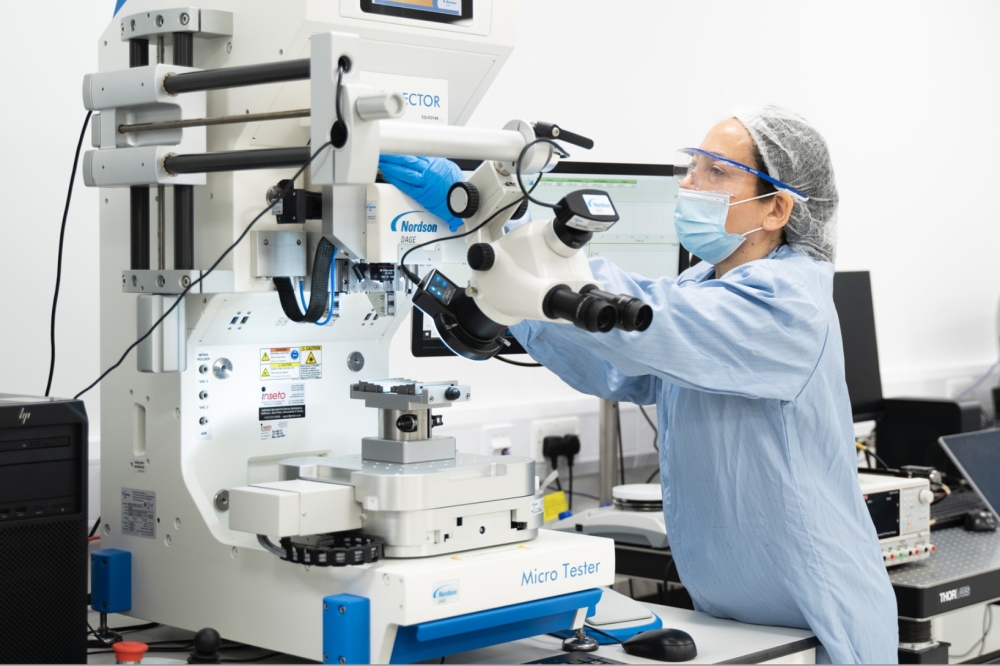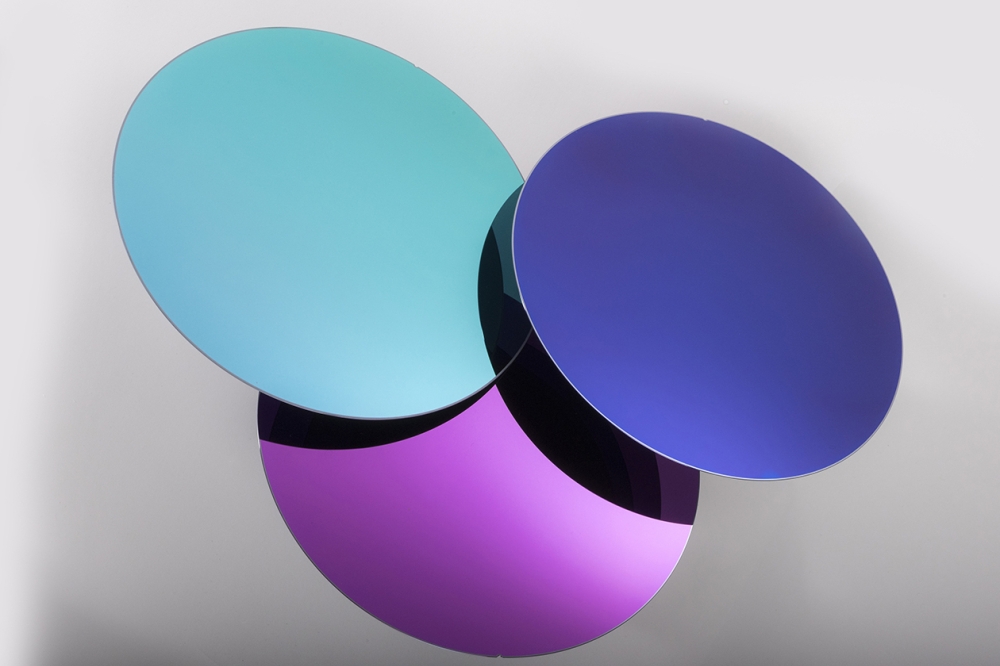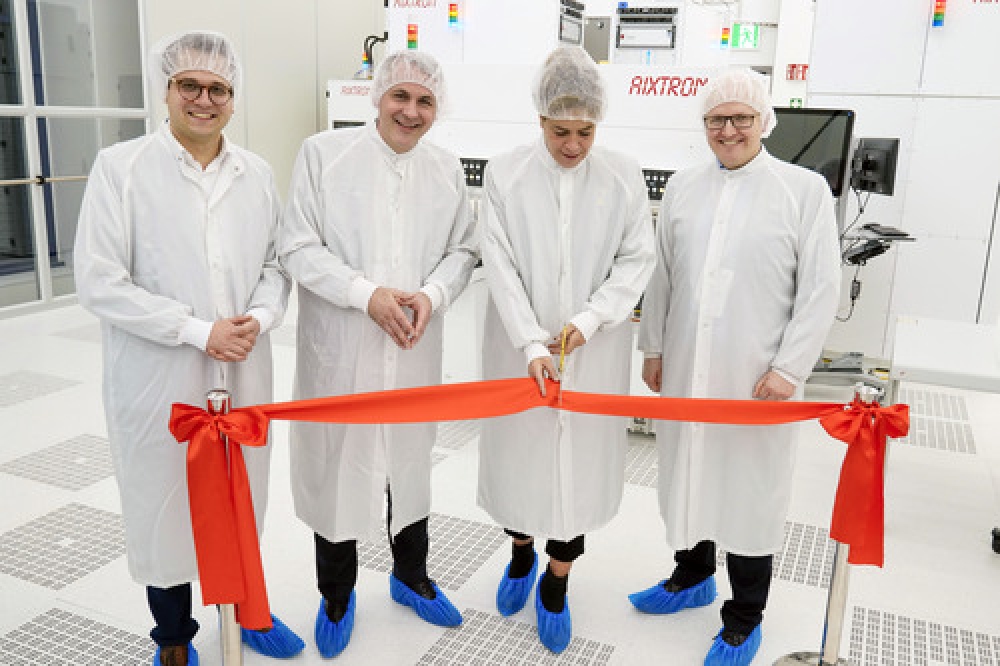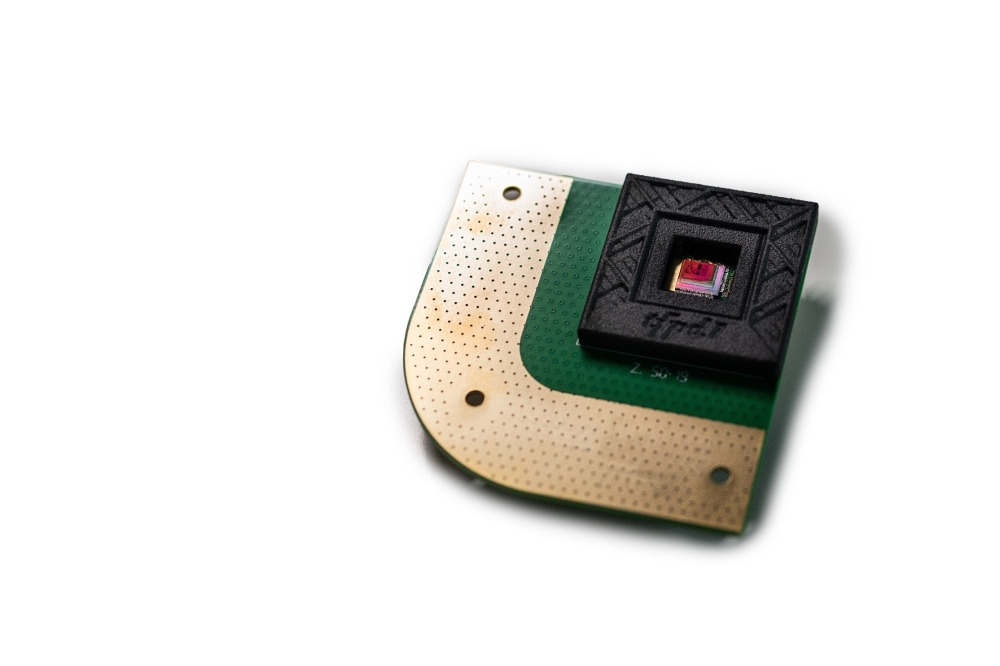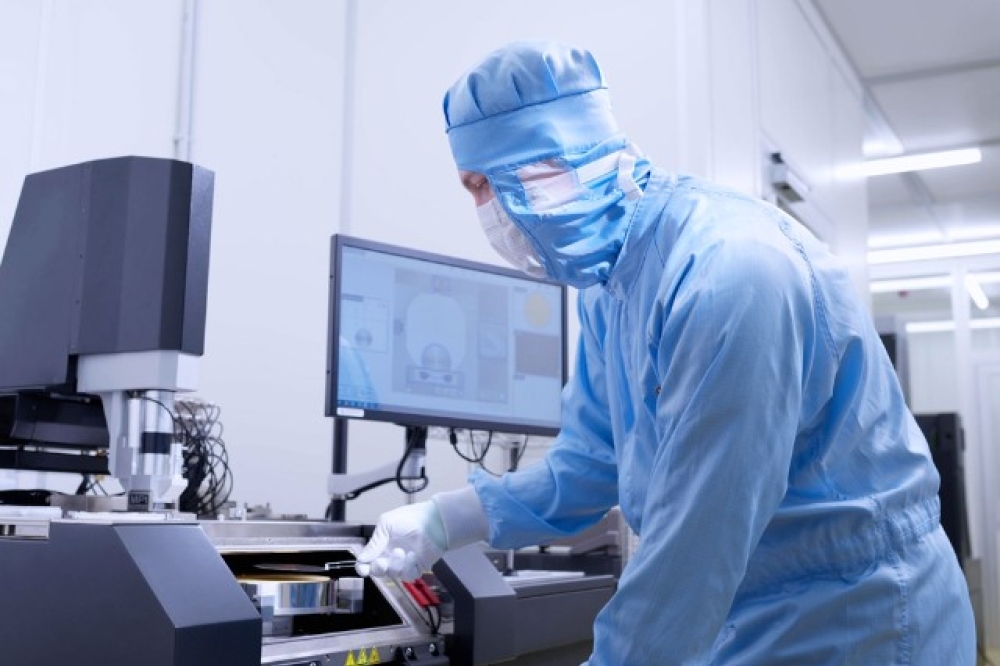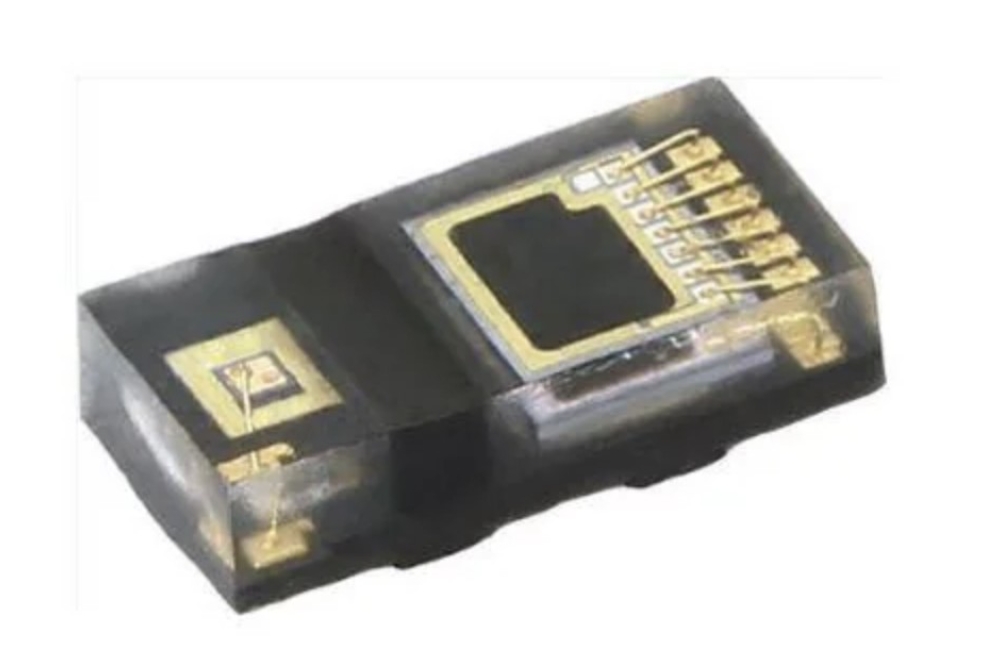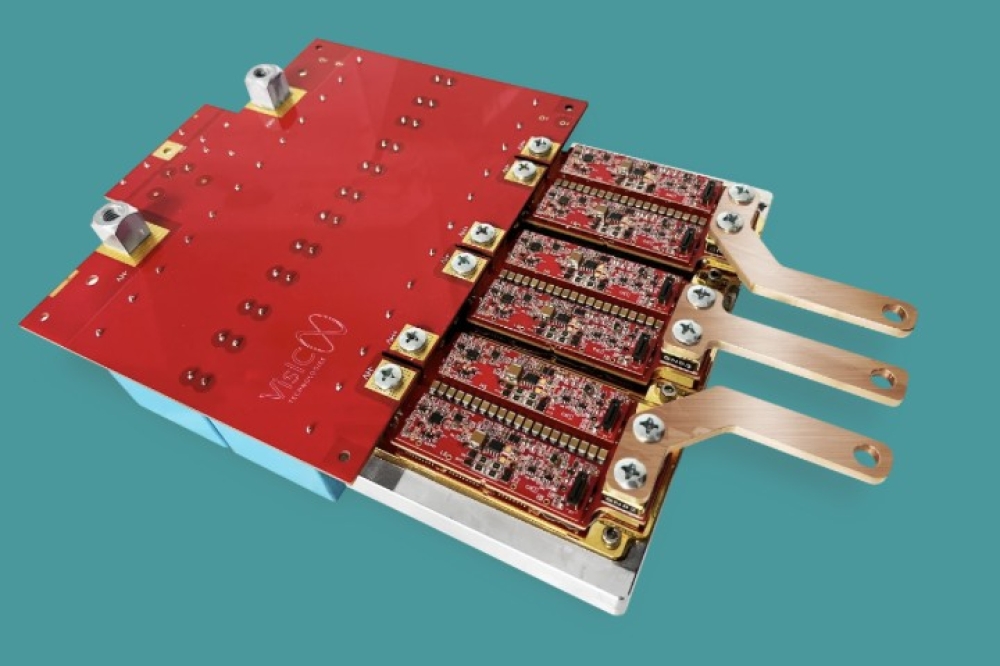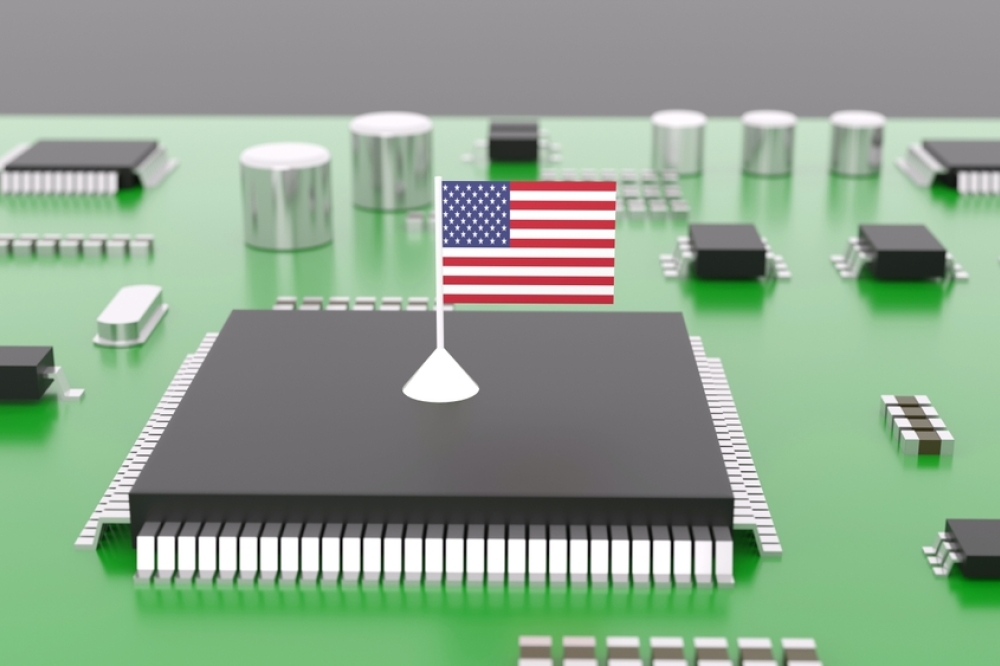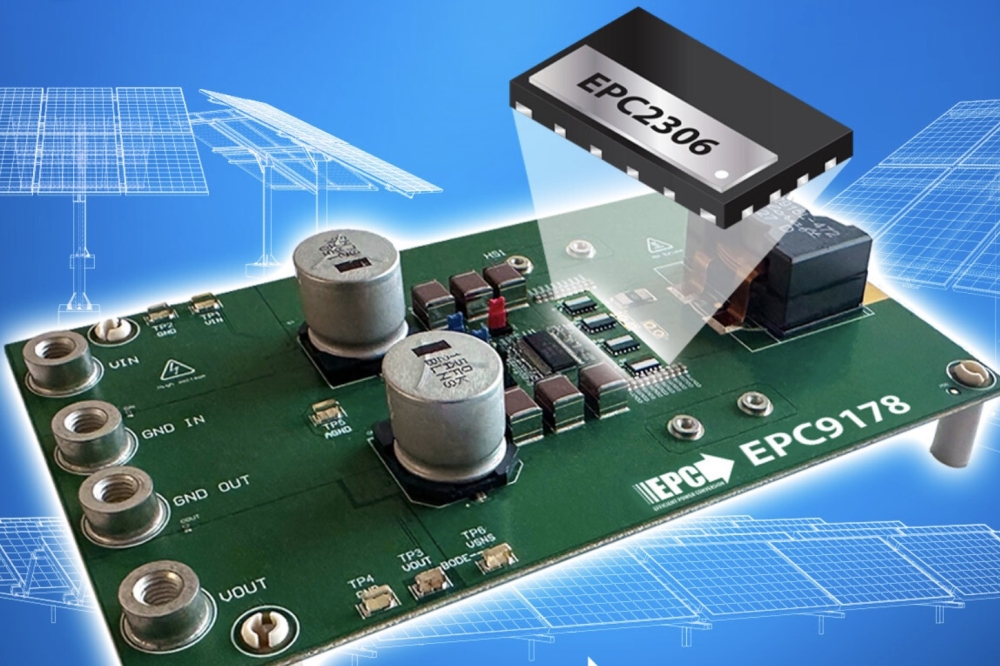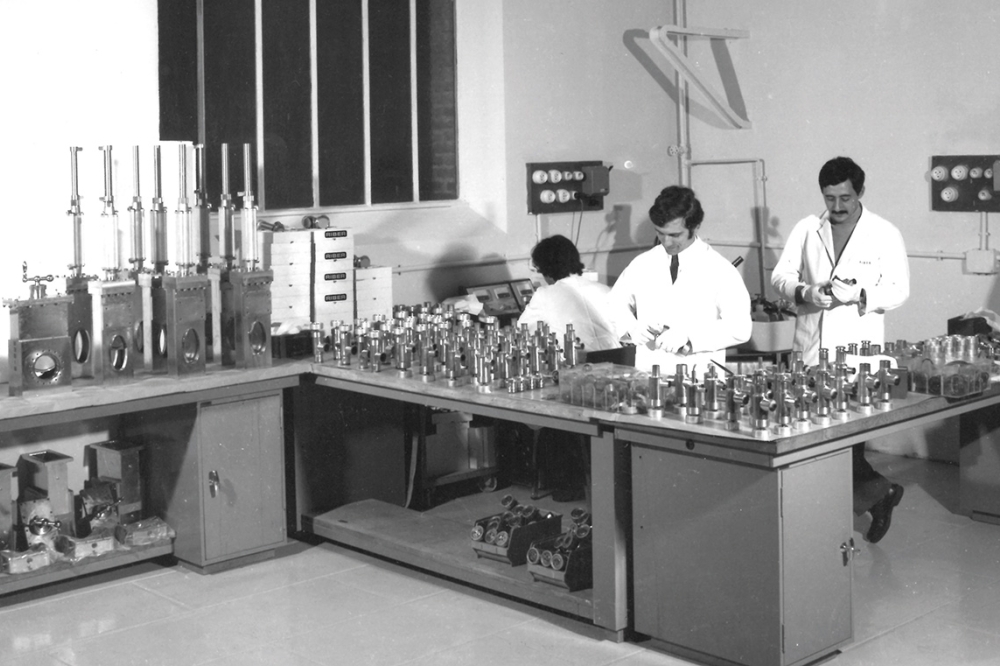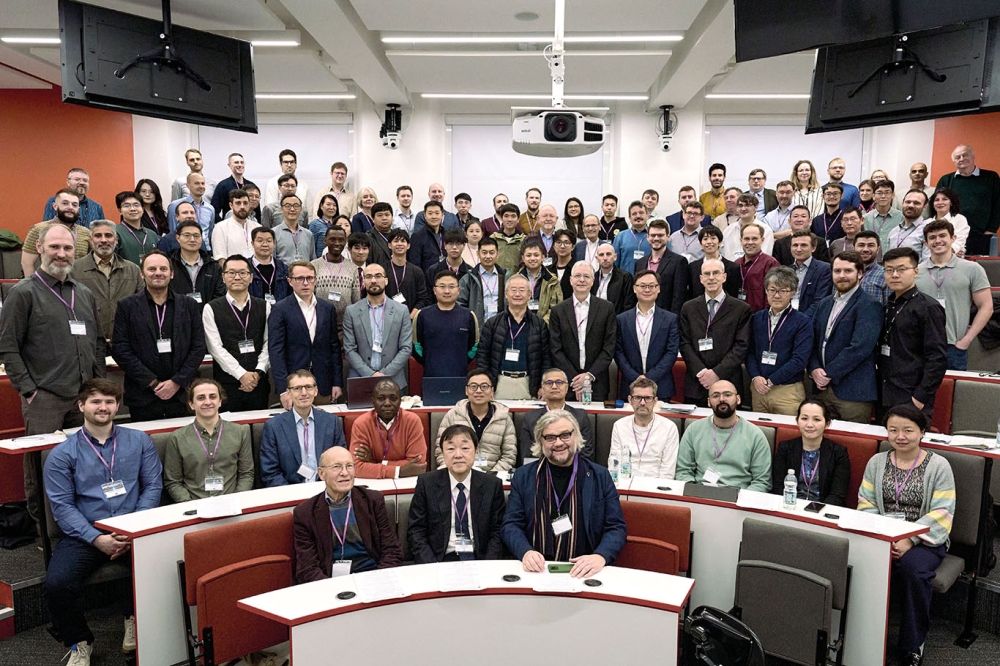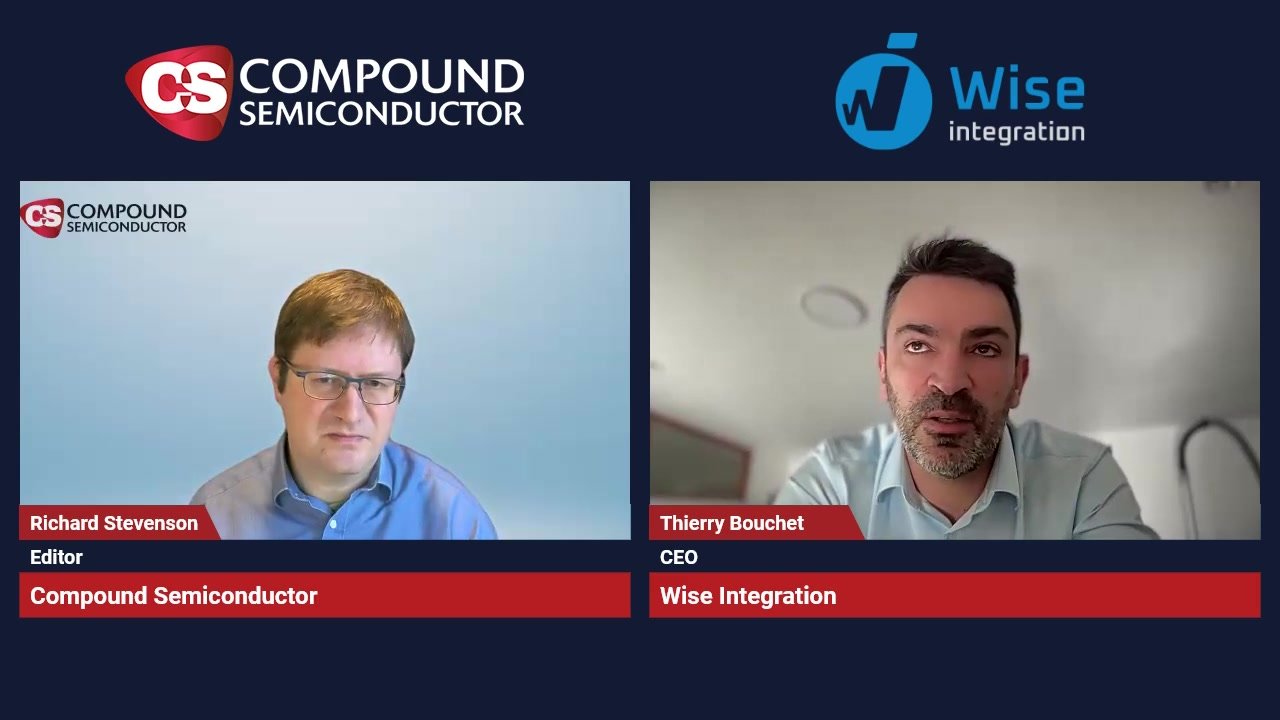Transistor laser becomes signal mixer
A combined GaAs laser and transistor chip is promising to simplify the process in which pairs of microwave electrical inputs can be converted to optical signals.
Milton Feng and Nick Holonyak at the University of Illinois, Urbana-Champaign, demonstrated the first voltage modulation of a transistor laser, thanks to a tunnel-junction in the device s structure.
In a paper published online in Applied Physics Letters on March 13, the Illinois team describe an HBT with inputs to both its collector and base regions.
The base input signal can be modulated by current, while the collector input signal can be modulated by voltage.
The inputs combine in the HBT laser s quantum wells to produce modulated 1 µm optical emissions. Feng, Holonyak, and their colleagues see mixing frequencies in the optical output with harmonics spaced regularly across the interval from 2 GHz to 22.7 GHz.
Feng told compoundsemiconductor.net that transistor laser can achieve higher-power optical outputs compared to previous incarnations, as it can now perform mixing “well above” the laser threshold current.
“We can achieve simultaneous mixing and conversion of a microwave electrical signal to an optical signal that provides higher bandwidth, lower losses, and immunity against electromagnetic interference,” he added.
The MOCVD-grown transistor features a 15 nm-thick In0.15Ga0.85As quantum well in its base-region. High levels of silicon doping in the 40 nm-thick GaAs collector allow it to act as a tunnel junction.
Some of the tunneling occurs via “photon-assisted absorption”, where photons emitted in the base region are absorbed in the collector, producing electron-hole pairs. This resupplies holes to the base "“ and hence the quantum well "“ and is readily controllable using the collector-base voltage bias, hence enabling voltage modulation.
One possible application for this “tunnel-junction transistor laser” (TJTL) is converting microwave clock signals into the more desirable optical format, says Feng.
The Illinois team also emphasizes the potential that its TJTL offers for optical integrated circuits.
“The three-port transistor laser is better choice than the two-port diode laser in terms of integration,” Feng said. “This new TJTL brings optical integrated circuits closer because it is an integration, at a single device level, of a voltage-absorption modulator and a semiconductor laser in the form of an n-p-n transistor laser.”

